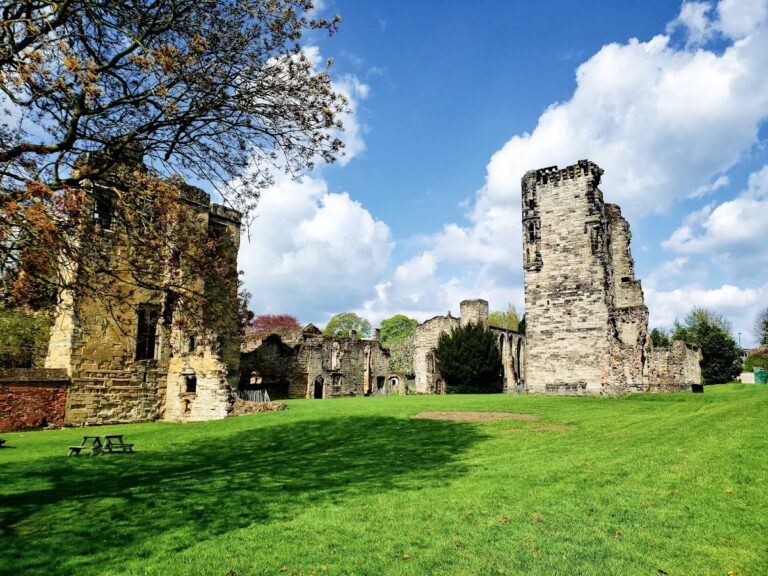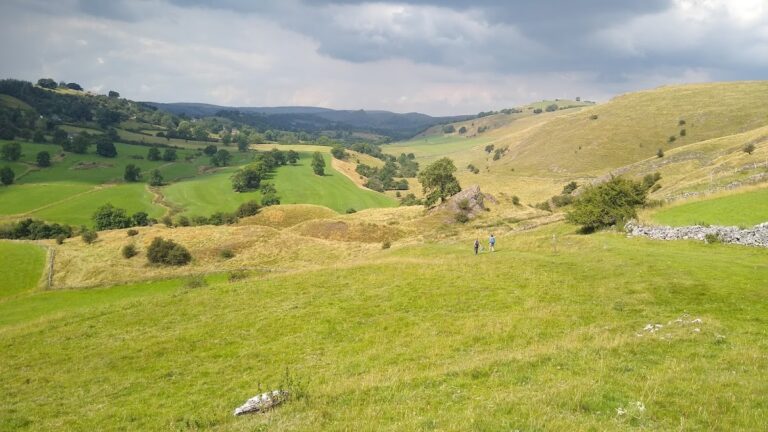Mackworth Castle: A Medieval Residence in Derbyshire, England
Visitor Information
Google Rating: 3.7
Popularity: Very Low
Google Maps: View on Google Maps
Country: United Kingdom
Civilization: Unclassified
Remains: Military
History
Mackworth Castle is located in the village of Mackworth in Derbyshire, England. It was established by the Mackworth family, a noble lineage documented in the region from at least the mid-13th century.
The origins of the Mackworth family can be traced back to Henry du Mackworth, who appears in official records known as the Pipe Rolls in 1254. The family’s presence in the area was well established by the early 1400s. Construction of the castle, serving as their residence, took place over an extended period from the early 14th century through to the late 15th century. Throughout this time, the castle functioned as the family home and administrative centre for their estates.
By the late 16th century, the condition of the castle was noted to be less than suitable for high-profile guests. In 1584, Sir Ralph Sadler opted not to house Mary, Queen of Scots, there, implying the castle’s accommodations were inadequate for such occasions. This detail points to a decline in the castle’s status or upkeep by that time.
The castle remained in the Mackworth family through the 17th century until around 1655 or 1656. At that point, Sir Thomas Mackworth, the 3rd Baronet, relocated to Normanton in Rutland and sold the estate to Sir John Curzon, the 1st Baronet. Local accounts hold that the castle suffered destruction during the English Civil War from artillery fire originating on a nearby hill. However, historical research, particularly by Rev. Charles Kerry, suggests the castle was already deteriorating prior to its sale, casting doubt on the story of damage caused by wartime bombardment.
Despite its modest history, Mackworth Castle gained a place in popular culture as the setting for the 1954 film The Black Shield of Falworth, which was based on Howard Pyle’s 19th-century historical novel Men of Iron.
Remains
The present-day remains of Mackworth Castle offer insight into what was likely a modest fortified residence rather than a large-scale fortress. The surviving layout suggests a complex centered around a courtyard arrangement, bordered by timber-framed walls supported on low foundations made of rubble. This construction style points to a building that combined wooden structural elements with stone footings for stability.
The most prominent surviving part of the castle is the gatehouse, a substantial, square structure dating from the Tudor period, shortly before the year 1500. This gatehouse features heavy battlements and was designed to function as a self-contained fortified entrance. Its robust construction sets it apart from the lighter timber elements of the other buildings. The gatehouse is officially recognized as a Grade I listed building, indicating its exceptional architectural and historic significance. It also forms part of a larger Scheduled Ancient Monument that protects the entire site due to its heritage value.
To the west of the gatehouse, archaeologists have identified open rectangular spaces that once served as courtyards within the castle’s enclosure. The walls defining these courtyards appear to have been timber-framed and set on low rubble bases, a style comparable to the 14th-century house of the Tuchet family nearby. The Mackworths had served as stewards to the Tuchets, and this resemblance may reflect shared construction practices or regional building traditions.
Some historical commentary highlights that Mackworth Castle may never have been intended as a grand defensive stronghold. Instead, it likely functioned as a practical, noble residence fitting the status and needs of a local family rather than a military garrison. The survival of the gatehouse and foundational remains offers a valuable glimpse into the architectural approach of a middle-ranking medieval English household.







